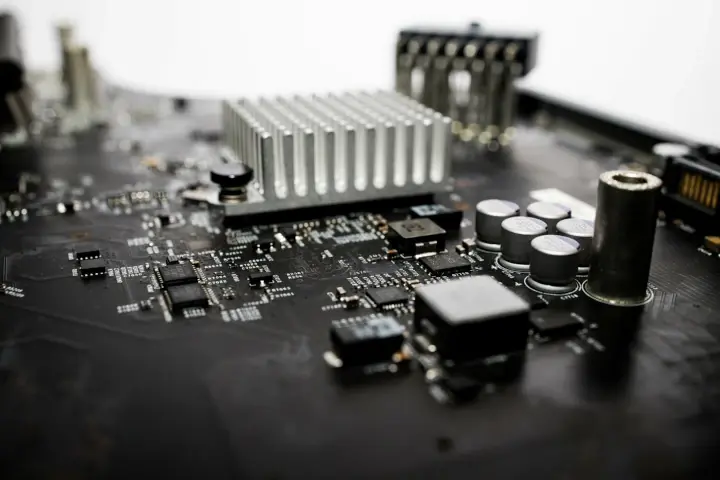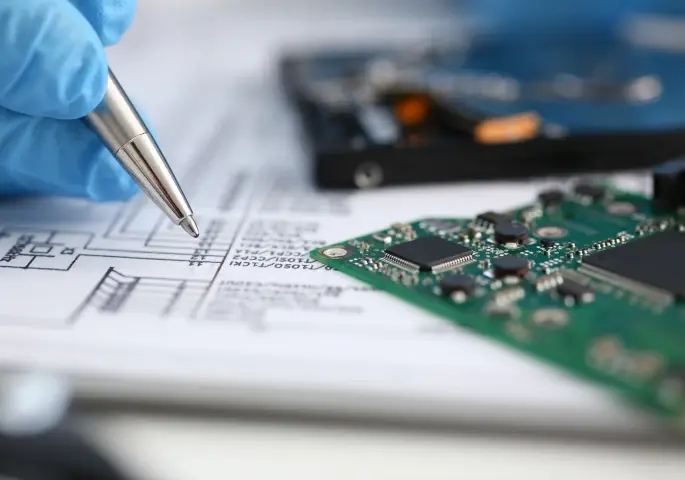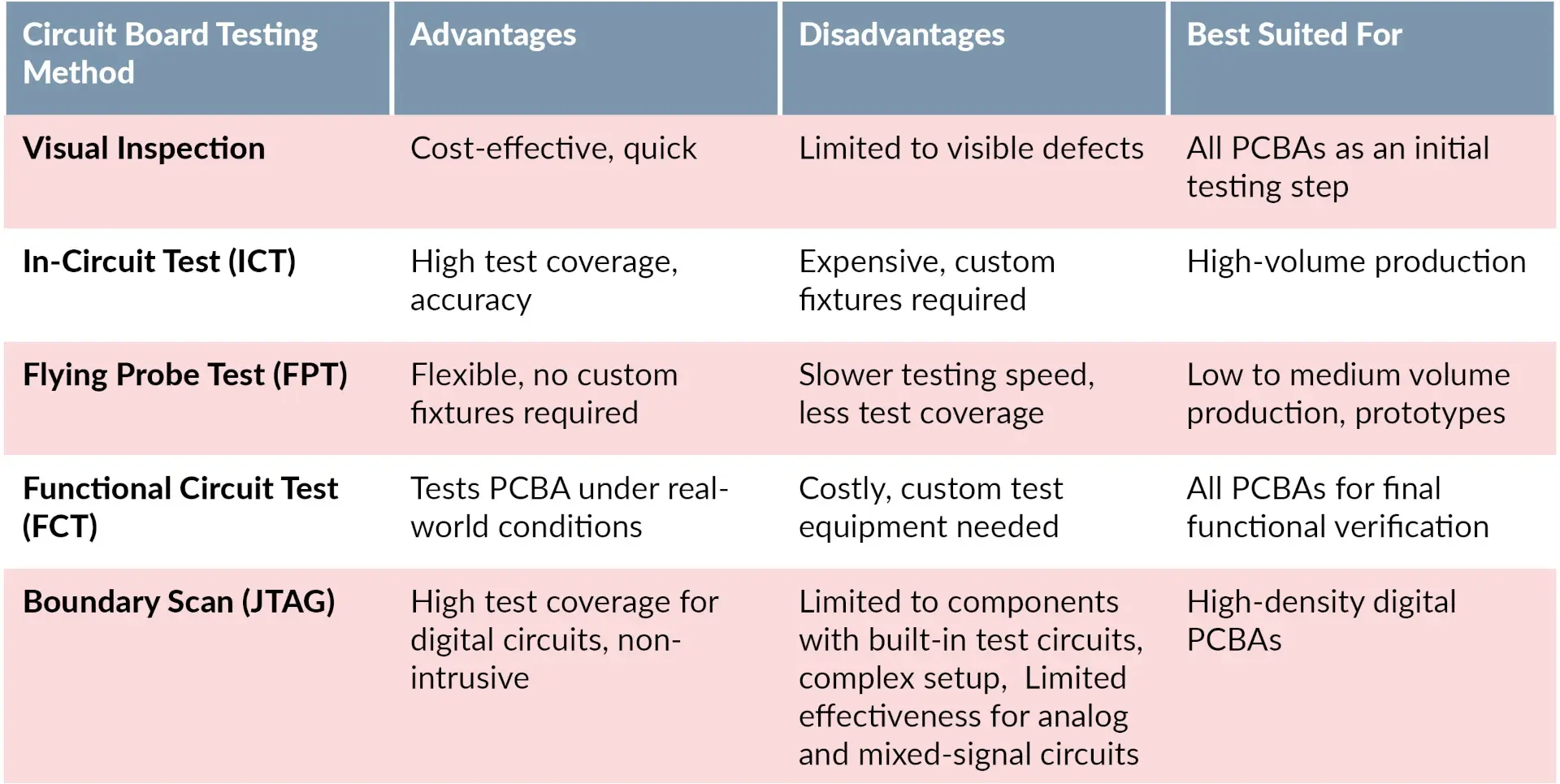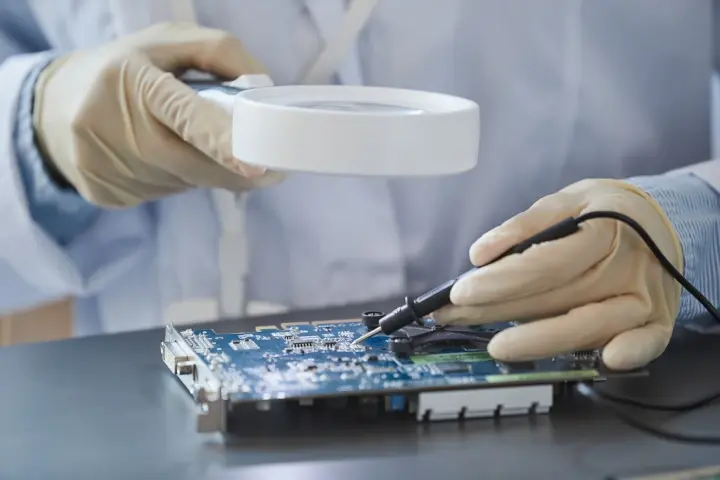
Circuit board testing is an essential part of the Printed Circuit Board Assembly (PCBA) manufacturing process. It helps identify and rectify potential issues before devices reach consumers, ensuring product integrity and customer satisfaction.
With so many electronic circuit board testing methods to choose from, it can be difficult to select the best one for your project. Here is a summary of the most common methods, along with their advantages, disadvantages, and best-suited applications:
Visual Inspection
Advantages:
Disadvantages:
Best suited for:
High-quality electronics production relies on these testing methods to prevent malfunctions and ensure proper operation. However, with so many electronic circuit board testing techniques available, selecting the most suitable test procedure can be challenging.
To help make this decision easier, we provide a clear summary of the most common circuit board testing methods. By learning about these methods, you can improve your PCBA manufacturing process and ultimately elevate the quality of your electronic products.
Identifying Faults in Loaded PCBAs

Loaded PCBAs, also known as assembled or populated PCBs, are printed circuit boards with all the required electronic components mounted onto them. Once these components are soldered, the PCB assembly becomes a functional unit within an electronic device, facilitating electrical connections and interactions between the components.
However, circuit board faults can affect the overall performance of the assembled PCB in various ways. To apply effective circuit board testing methods, it’s important to understand these faults. Here are three common categories:
With proper care, PCBA manufacturing involves few instances of faults. Nevertheless, advanced circuit board testing methods can pinpoint these anomalies when they occur.
Testing Circuit Boards Proactively Using Design for Testability (DFT)

As competition intensifies in the electronics industry, early fault identification is a linchpin for optimizing resource allocation, thereby maximizing return on investment. The ability to catch and rectify defects early can provide exponential savings in time, effort, and capital, offering businesses a strategic edge. One proactive approach to facilitate efficient testing of PCBAs is the concept of Design for Testability (DFT).
DFT involves a proactive and innovative design strategy, shaping electronic circuits and components with testing and troubleshooting in mind. This makes it easier to identify and correct potential issues during manufacturing. By incorporating DFT principles, engineers can improve the test coverage and streamline the testing process while enhancing overall product quality and time-to-market. Key elements of DFT include
Now that we’ve explored the importance of identifying faults in loaded PCB assemblies and the value of incorporating Design for Testability principles, let’s examine the actual methods of testing circuit boards.
Common Circuit Board Testing Methods
Here is a summary table that briefly compares the advantages and disadvantages of each testing method, along with the situations they are best suited for. Keep in mind that a combination of these methods may be employed depending on your project’s specific requirements and constraints.


Visual inspection, as the name suggests, involves examining the PCBA for defects using the naked eye, magnification tools, or the increasingly popular automated optical inspection (AOI) systems. AOI systems employ sophisticated cameras and software algorithms to scan the PCBA and identify defects automatically.
Being the initial step in the testing process, Visual Inspection can promptly highlight a range of issues, including misaligned components, solder bridging, or missing/damaged parts. While this method offers quick results and is cost-effective, it does have its limitations. It may overlook faults that aren’t apparent to the naked eye, or those concealed beneath components.
In-Circuit Test (ICT)
The In-Circuit Test (ICT) method involves using a specialized testing device, known as a “bed of nails” fixture. This fixture establishes an electrical connection with designated test points on the PCBA.
ICT equipment gauges electrical properties like resistance, capacitance, and inductance to detect faults such as short circuits, open circuits, or incorrect component values. ICT provides impressive test coverage and accuracy, but it requires the development of a custom test fixture for each PCBA design, a process that can be time-consuming and expensive.
Flying Probe Test (FPT)
The Flying Probe Test (FPT) is a non-contact method that uses a set of movable probes to make electrical contact with test points on the PCBA.These probes traverse the board, systematically testing each point following a pre-defined sequence.
Like ICT, FPT measures electrical properties to detect faults. However, unlike ICT, FPT does not require a custom fixture, making it a more cost-effective and flexible option for low to medium-volume production or prototypes. A notable downside to FPT is that it is slower compared to ICT, and it may not provide the same degree of test coverage.
![]()
Catching and rectifying defects early can save businesses time, effort, and capital, giving them a competitive advantage.
Functional Circuit Test (FCT)
Functional Circuit Test (FCT) evaluates the overall functionality of the assembled PCBA by applying power and input signals and measuring the output signals. In other words, FCT tests the board under conditions that simulate its actual operation in the end product. This method can identify performance faults and confirm that the PCBA operates as intended.
However, functional testing requires the development of custom test equipment and software, which can be costly and time-consuming. Additionally, it may not identify the specific location of a fault, making troubleshooting more challenging.
Boundary Scan (JTAG)
Boundary Scan, also recognized as the Joint Test Action Group (JTAG), is a testing technique that relies on embedded test circuits within the components themselves. These test circuits link up to form a “boundary scan chain,” enabling the tester to directly access and evaluate the functionality of components and interconnections.
JTAG is especially useful for testing boards with restricted physical access or a high density of components. This technique offers high test coverage and can identify faults that may elude other methods. However, it does require components with embedded boundary scan capabilities, and setting up a JTAG test can be a complex and time-consuming endeavor.
Selecting the Right Testing Method
PCBA testing methods are crucial to making sure your electronic product works properly. For determining which testing method will work best for your order, your CM can assist you, but keep these factors in mind:
Achieving Cost-effective Test Coverage
Finding the right balance between test coverage and the cost is essential for circuit board testing. Generally, more thorough testing leads to better results. However, more comprehensive testing often comes with increased costs, such as custom fixtures, test equipment, or longer testing times.
To strike the right balance, consider the following:
The key to developing a high-quality, reliable electronic product is to carefully balance test coverage and cost. If you don’t test, you may incur long-term costs, including increased returns as a result of more board defects slipping through the cracks, increased RMAs, increased fault-forward costs, reduced first-pass yields, increased service costs, and a loss of quality reputation. When assessing testing costs, keep these factors in mind.
To ensure the quality, reliability, and performance of electronic products, it’s important to have effective circuit board testing methods. We’ve explored several such methods, including Visual Inspection, In-Circuit Test (ICT), Flying Probe Test (FPT), Functional Circuit Test (FCT), and Boundary Scan (JTAG).
However, it’s not enough to simply rely on these testing methods alone. By considering your testing requirements early on in the design process, you can effectively balance test coverage, cost, and project needs. By doing so, you can consistently produce high-quality electronic products that meet your customers’ expectations.
Learn how to improve your next PCB prototypes as engineers push the boundaries of hardware technology to enhance debugging, testing, and general liability
Before sending your final design files to the CM for PCB manufacturing, check out these useful tips and final steps.
Companies looking to increase the agility, productivity, and resilience of their electronics supply chains can do so with local and regional vendors.
A quality hardware tech product depends on testing & inspection. MacroFab helps you get it right.
MacroFab offers comprehensive manufacturing solutions, from your smallest prototyping orders to your largest production needs. Our factory network locations are strategically located across North America, ensuring that we have the flexibility to provide capacity when and where you need it most.
Experience the future of EMS manufacturing with our state-of-the-art technology platform and cutting-edge digital supply chain solutions. At MacroFab, we ensure that your electronics are produced faster, more efficiently, and with fewer logistic problems than ever before.
Take advantage of AI-enabled sourcing opportunities and employ expert teams who are connected through a user-friendly technology platform. Discover how streamlined electronics manufacturing can benefit your business by contacting us today.